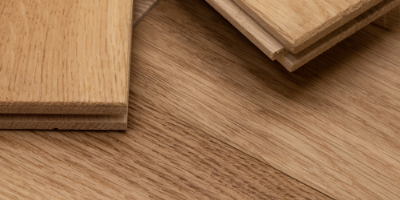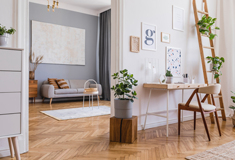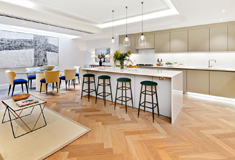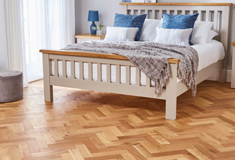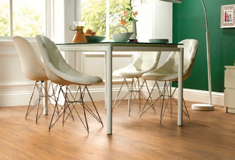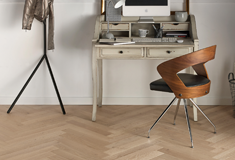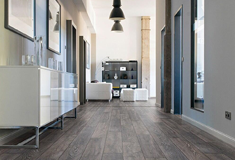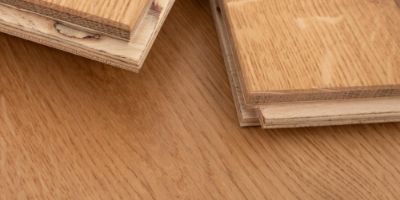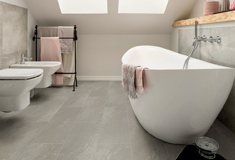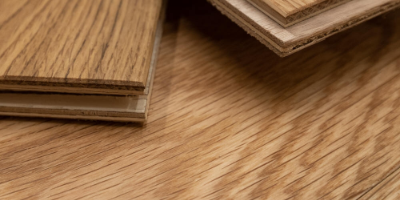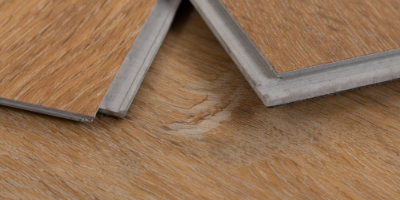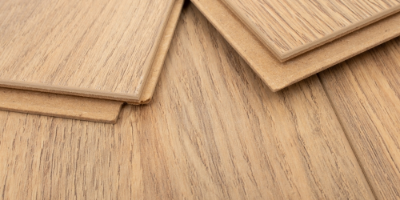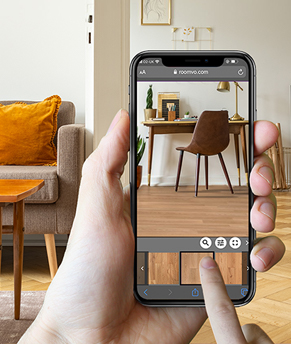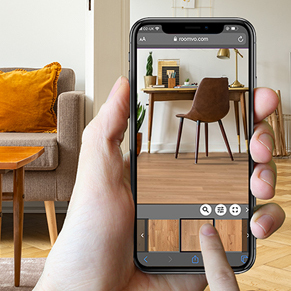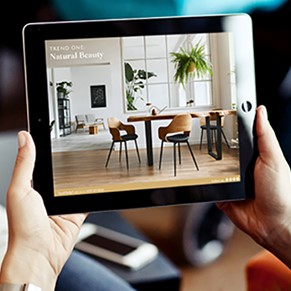Homes Fit For A King: Heritage Maximalism Takes Over the Nation’s Homes
At Luxury Flooring, we love to keep our fingers on the pulse of all the latest trends. Read our latest style guide to learn more about the hottest interior style - Heritage Maximalism.
A New Era Inside and Outside Our Homes
Almost 8 months on from the passing of our beloved Queen, the coronation of our 62nd monarch allows us to look to the future and celebrate the new Carolean era.
Culture and trends, including interior design, emerge as a reaction to society around us. Consider the hippy movement that was born out of reaction to the Vietnam war, or the punk movement that rebelled against the hippy movement - we move and react to the times around us and express our feelings through our personalisations of style and home.
The roaring 20s which followed the Spanish Influenza and WWI luxuriated in opulence and hedonism - and we predict that the 2020s will do the same - where electricity changed the world and economic landscape then, AI is ready to do the same now. So, what will all this mean for interior design?
Read on to find out about the latest trend and how to implement it in your home.
What is Heritage Maximalism?
Heritage Maximalism is the fusion of two existing styles: Heritage and Maximalism. While these two haven’t historically paired, the hybrid of the two fit perfectly as the first major trend of the new Carolean era.
Incorporating the old, but adding the bold. Think bright colours, varied textures and pattern mismatching. The Heritage pieces can be picked straight out of a royal stately home, while the Maximalist details add a level of fun that allows the regal style to feel much more accessible and at home in your home.
Heritage Maximalism fits perfectly into the current landscape. As we look to the new era, we want to feel the joy of celebration and invite fun into our homes. The bold, beautiful colours of maximalism move away from the clean minimalism that’s been so popular in these austere and isolated years.
Yet, this new version of maximalism incorporates the heritage designs that allow us to bring what was good from the past into our present. The history of upcycled and vintage pieces allows us to preserve what was good in the past while reducing production that harms the future. The environmental focus is, rightly, in vogue across all genres of style.
Similar to the currently popular ‘Cottagecore’, Heritage Maximalism embraces the classic and exhibits life’s necessities. However, unlike Cottagecore, this has a much more urban feel, is more adaptable and invites glamour and luxury. Where Cottagecore is safe, Heritage Maximalism is daring.
To understand more about this hot new trend, first let’s consider the two trends it originates from.
What is Heritage Style?
Heritage style incorporates all the things you may already associate with stately homes and royal properties. Although not typically as lavish and opulent as some of the designs found in palaces, this style comprises country manor with classic features and furniture that speak to English elegance.

Heritage styled interiors often include floral patterned wallpaper and fabrics - think of the classic chintz that’s been historically associated with royals. Wall panelling is also very popular in this style, particularly painted in subdued, historic colours. Bolder patterns, such as striped wallpaper, or the wallpaper pictured above, can also fit into this style, but more often with two-tone colour rather than sharp contrasts.
Heritage decor is about creating a cohesive style that’s very easy to live with, it’s timeless and classic.
What is Maximalism?
Maximalism is all about vibrance, fun and showcasing the things you love. On the opposite end of the spectrum to minimalism; maximalism embraces colour, patterns and textures. Although maximalism is a very saturated design style, it shouldn’t be messy, cluttered or garish.
While minimalism has dominated design for the last decade or so, we’ve already seen a big shift as people welcome more colour and personality into their homes. It makes sense that austere times favoured clean, open living spaces that sacrificed embellishments.
As a new era begins, however, trends are turning from sacrifice to opulence. Particularly a kind of maximalism that reflects the Hollywood Regency age of interior design. Rich colours like ruby red, sapphire blue and emerald green add that element of glamour while leaving a bold impression.
Maximalism loves a patterned wallpaper. Cover all four walls in something with a beautiful pattern, or, if wallpaper isn’t your thing, go to town with paint and match your skirting boards, radiators and doors in the same colour. This option is great for adding statement pieces of furniture and patterned curtains and rugs (although, done well, they fit in great with wallpaper too).
How to Achieve Heritage Maximalism in Your Home
Flooring
Flooring is a great place to start with Heritage Maximalism. Since layering is such an important part of this style, starting with the floor really gives you a great idea of what you can achieve in the space. Flooring can really set the tone, or give you a blank canvas to work with - although blank canvases may not be something you’d envisage for this style. Should you opt for feature wallpaper (or even a feature ceiling) then a more conservative flooring approach like this Elgin Farmhouse Engineered Oak will fit nicely.
As suppliers of fine flooring, however, we love to build style looks from the floor up. No flooring will ever be more regal than Versailles style parquet. This gorgeous style is inspired by the original 16th century flooring from the Palace of Versailles which influenced royal interior design across Europe.
Royal Designers
As the coronation starts the new era, so too does it dictate the trends, which results in the regal feel that’s at the centre of Heritage Maximalism. Influence for this style can be seen as far back as the Georgian period, but capitalises on the stylists that have remained in style for the royals over the years. We’ve taken a look at a few royal designers from whose influence this trend draws upon.
Colour Schemes
This style moves away from subdued and neutral colours and you really can employ any colour of your choice to create Heritage Maximalism in your home. However, to truly invoke the royal feeling that comes with this style there are certain colours which work better.
Trending colours in both fashion and interior design that are livening up the previously minimalist palette are the jewel tones; ruby reds, sapphire blues, emerald greens, ambers, teals and aquamarines.
The way that colour is used also plays a part in creating this theme. Try ‘Colour drenching’ - using the same colour on multiple surfaces/ room items to create a courageous yet classic vibe.
Furniture
Gorgeous, traditional pieces of furniture fit well in this style. You can take a more British approach with Chesterfield sofas, or a more Regency style with chaise longues and ornate ottomans. Because of the maximalist element you can mix and match these styles to create a regal effect that knows no bounds.
Fixtures and Fittings
Heritage Maximalism is regal and so too should the fixtures and fittings be. Embellishments really make this style shine and these little details cannot be skimped on! Metallics are big, so if you’re feeling bold why not go for some gold bathroom taps, a crystal chandelier or an oversized ornate mirror?
You can really use the fixtures and fittings to display your personality, and they offer the opportunity to get as ostentatious as you like without overpowering the room.
Historically, Maximalist households would have a ‘cabinet of curiosity’ which was essentially a dresser with a collection of interesting keepsakes - often collected from around the world and showcased to display wealth.
Nowadays, this kind of bric-a-brac display can look a bit cluttered unless done extremely well. David Hicks used to recommend having a table in which to hold these things but to keep them all the same. For example, if you collect Faberge eggs, put them all together on one stand. Or, if trinket boxes are your thing then gather them together. Or, framed photographs. Keep multiples of one thing together so that the impact of the collection is still felt in a grand way but remains cohesive and classy.

